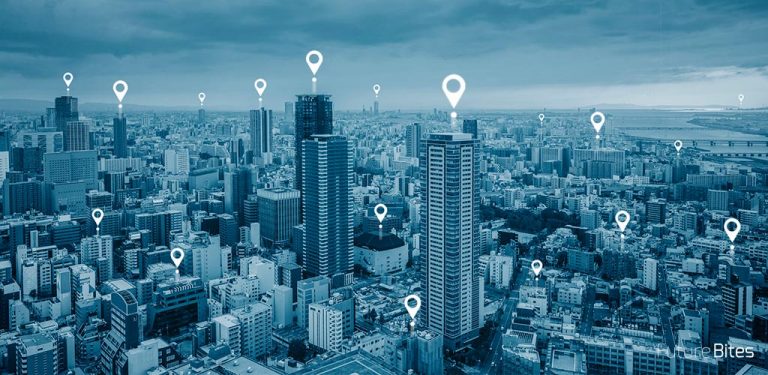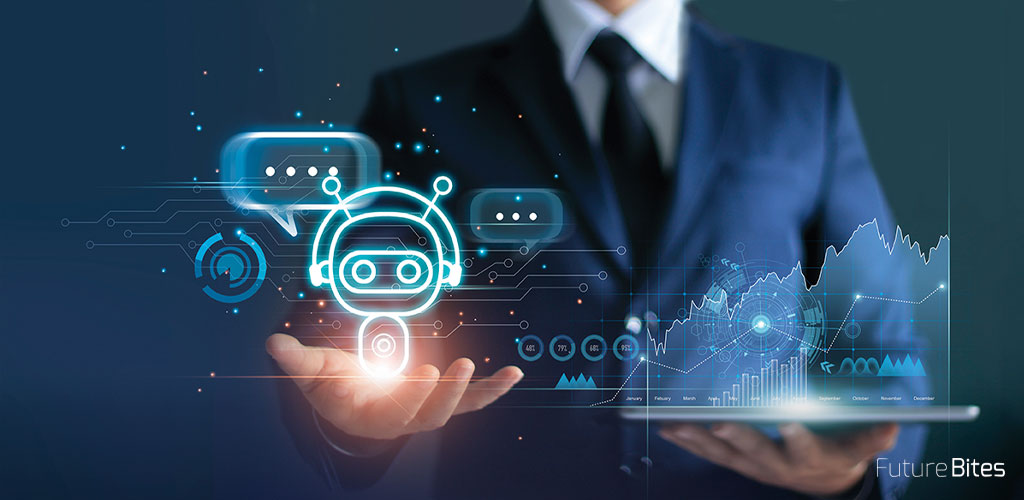Energy efficiency and sustainability are gaining relevance day by day. As we saw in the previous article, Energy efficiency and sustainability: the role of Artificial Intelligence, the concept of Smart Cities is also beginning to gain attraction in all countries. From an ecological and sustainable development perspective, artificial intelligence can be harnessed to shape the cities of the future.
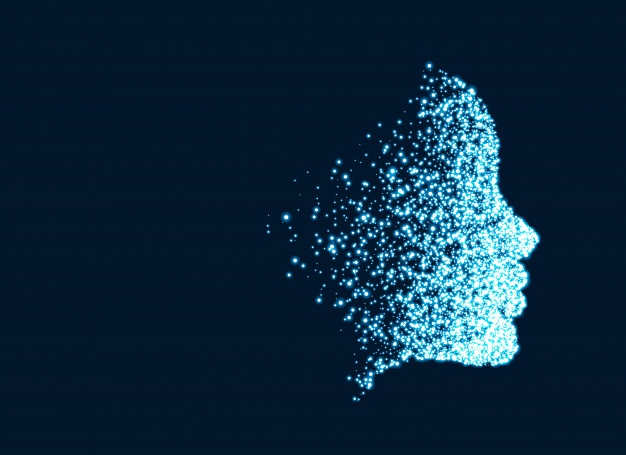
Smart Cities and Artificial Intelligence
Smart cities have been benefiting from technologies such as AI for years. The control of traffic lights and traffic, the management of energy and water resources or the position and routes taken by police patrols are some examples that take advantage of the potential of AI to benefit citizens. This not only modernises our cities, but also optimises resources and makes them more sustainable.
Smart Cities and smart energy
In recent years there has been rapid growth in both population and urbanisation, with more and more people living in cities every day. This relentless increase has brought with it an increase in the amount of light and energy consumed in urban centres, with the logistical problems that this entails. This is because, in general, the generation of these resources tends to come from industrial or remote rural areas. It is therefore imperative to develop methods to reduce and optimise the use of electrical energy, avoiding inefficiencies and maximising its use.
One of the steps being taken to achieve this increase in the efficiency of transport and energy use is the incorporation of sensors in all types of devices, thus enabling the collection of large amounts of information, which once analysed allows us to understand the behaviour of electricity consumption in our cities in real time.
This is where Machine Learning is of great importance. Thanks to the availability of this data, it is possible to develop systems that promote the efficient use of the electricity system:
- Intelligent lighting system that reduces the light level when pedestrians are not detected, avoiding wasted light.
- Anomaly detector models in electrical systems that identify energy wastage.
- Predictive energy consumption systems that enable proactive approaches to reducing energy costs and increasing productivity.
- Indoor brightness meters that automatically regulate the intensity of the lights.

Smart Cities and intelligent transport
Mobility is one of the biggest challenges facing cities today. With the growing number of people living in cities, it is necessary to leverage technology to avoid bottlenecks and increase the comfort of citizens. The safety of infrastructures, sustainability and efficiency of transport systems are key points in the digital transformation of cities.
Traffic management is one of the great challenges of all cities, and this is where Smart Cities are beginning to stand out. The implementation of new technologies, and the use of AI, helps large cities to manage traffic. By using smart traffic lights, it is possible to distribute the volume of vehicles, improving traffic and promoting more sustainable mobility.
Countries such as China are already starting to carry out this type of initiative, implementing intelligent traffic lights, which are capable of decongesting large urban areas. These traffic lights collect information such as the number of vehicles that have approached the traffic lights, waiting times, or traffic conditions. The information is processed, and allows the traffic light to decide the optimal time to stop or move traffic, thus avoiding traffic jams. In addition, this type of traffic lights are able to detect the type of vehicle, being able to prioritise certain emergency vehicles if necessary.
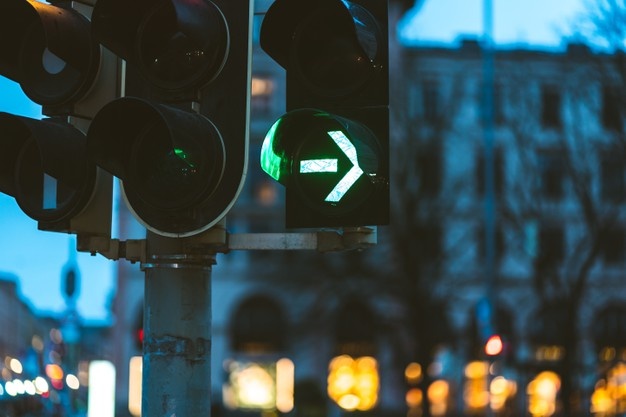
Smart Cities and security
Another of the most controversial global issues in recent years is the application of Artificial Intelligence in the area of public safety. The increase in surveillance devices on streets around the world generates equal parts acceptance and rejection. On many occasions, this feeling of hyper-surveillance makes us think of films such as Minority Report (2002). However, although pre-crime initiatives have taken place in recent years, today's smart cities take advantage of technology in a more realistic and effective way.
Through security and surveillance cameras, models can be applied to alert to certain movements or suspicious actions by citizens. Clear examples can be violent acts or robberies, thus resulting in great allies in crime reduction. Other elements such as facial identification have applications ranging from simple crowd control to the identification of individuals in response to criminal cases.
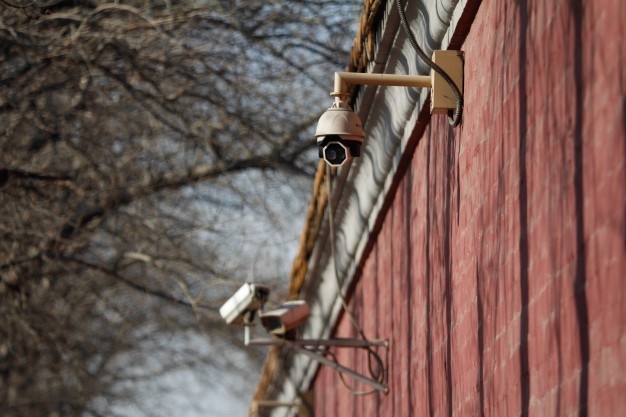
The future of Smart Cities
Technological advances have always been paradigm shifts in human history, and this use of AI in cities promises to be one of the most revolutionary. We should not imagine the city as an automated and controlled system, but as a diverse and constantly changing ecosystem that adapts to our needs. Human cities that evolve, transform and adapt technology according to the new archetypes of their citizens.
It is clear that, without the complicity of citizens, the development of smart cities is more than unlikely. It is therefore essential to promote and facilitate access to tools and mechanisms that enable the co-design of these cities. Not only by giving the inhabitants a passive role as users of the technologies, but also by involving them in a shared process.
The way in which we imagine the smart city is, in reality, yet another way of projecting how we imagine society. Conferences such as those being held at Habitat III or the United Nations on Housing and Sustainable Urban Development should help us to continue to make progress in defining these human cities. Shall we move forward together from the smart city to the human city?

